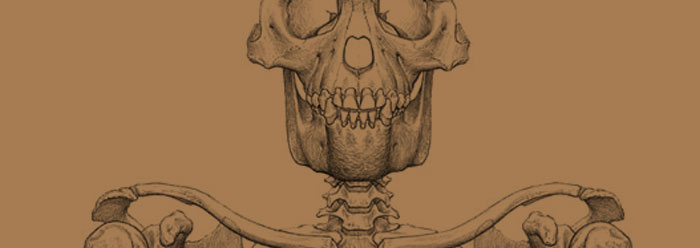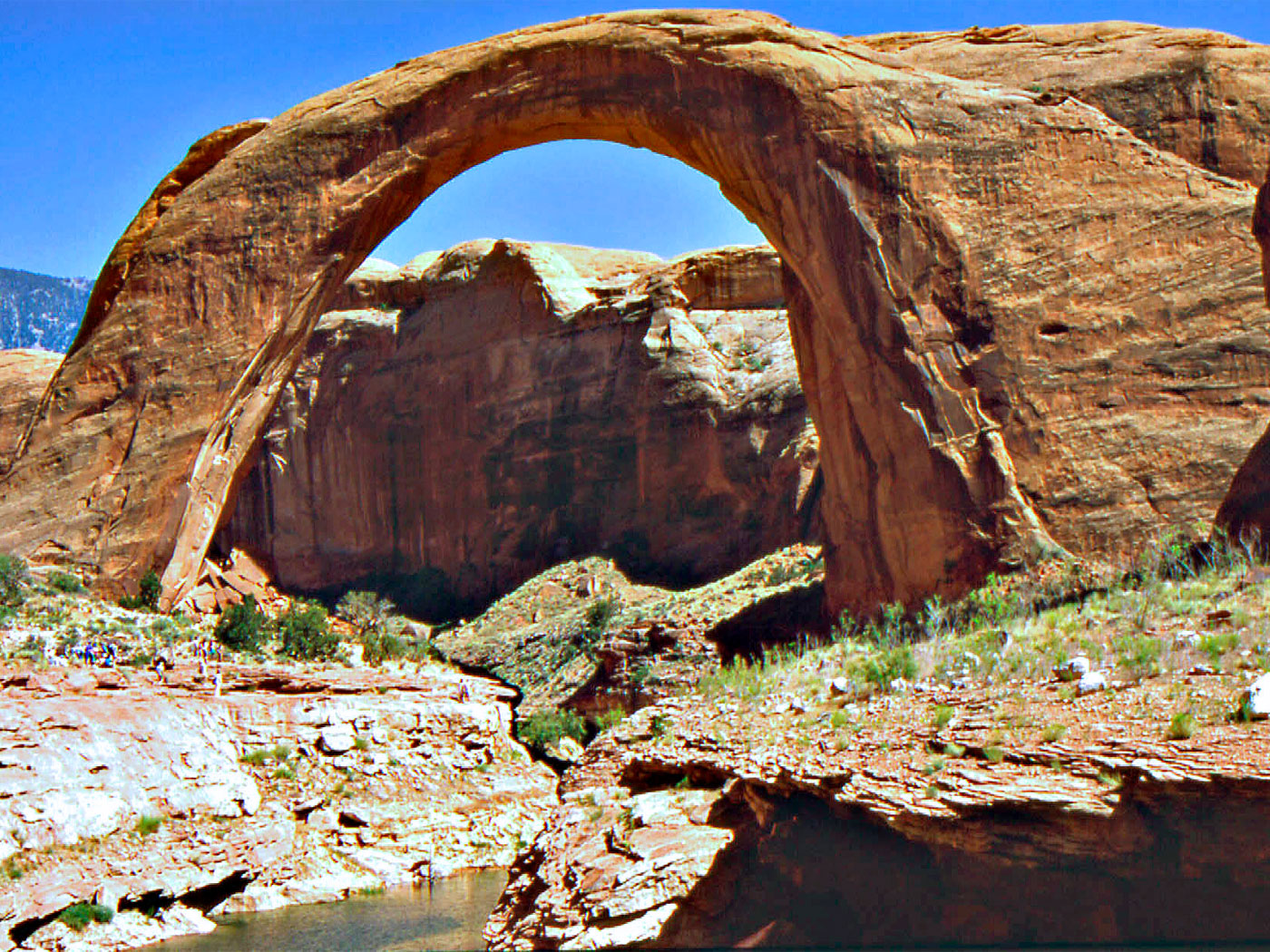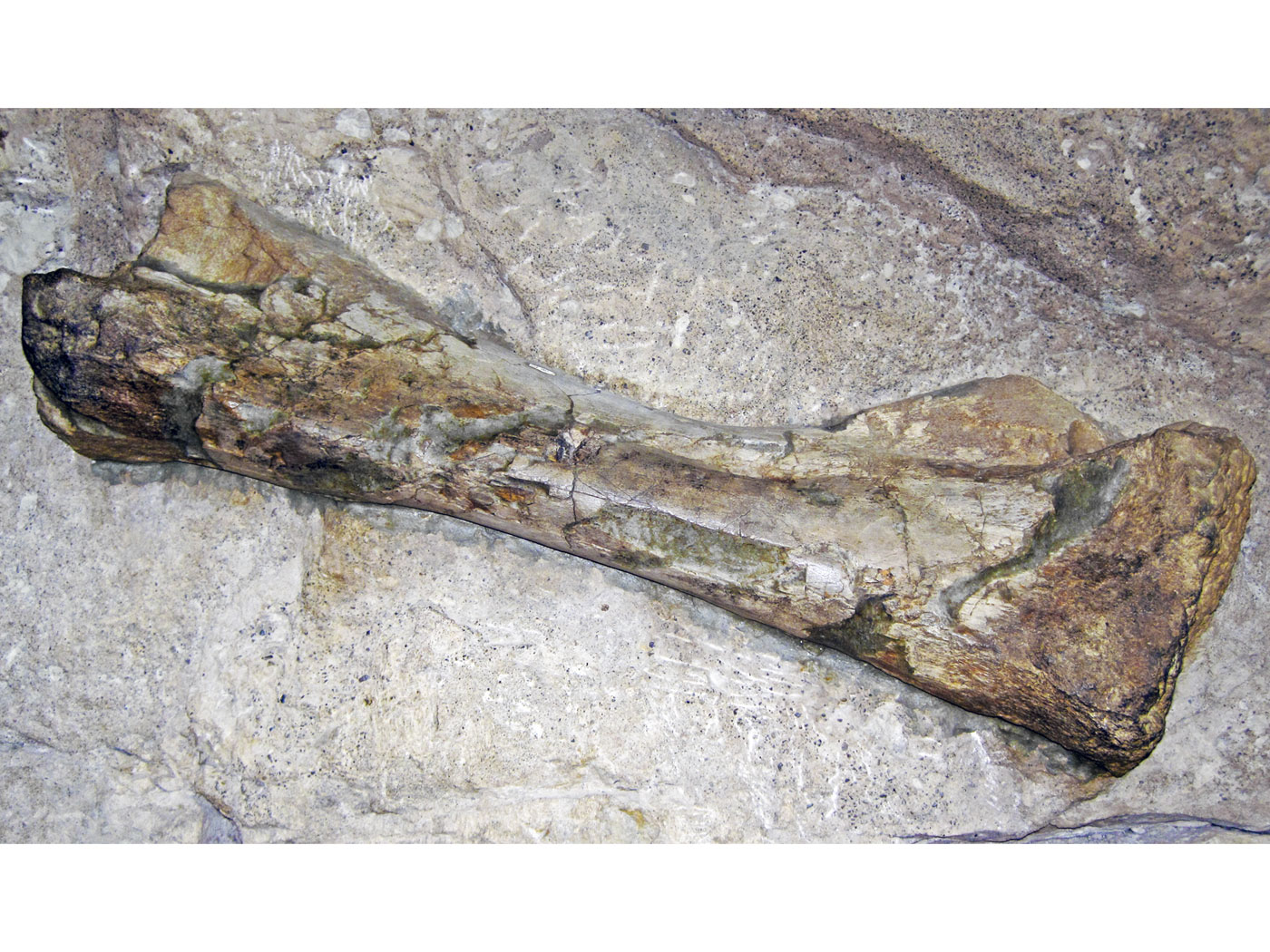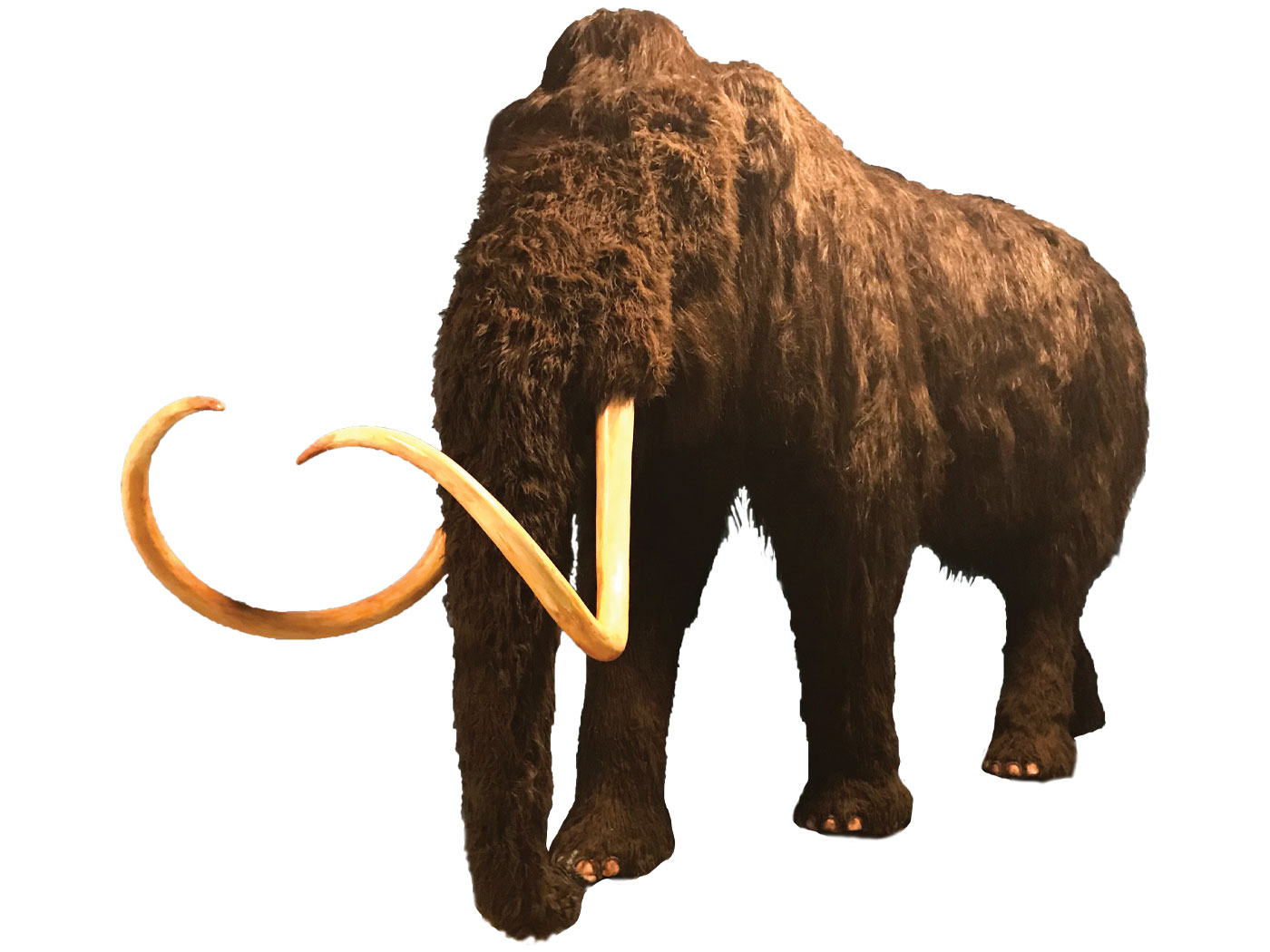In fall 2009, the journal Science dedicated a special issue to Ardipithecus ramidus. Popularly known as "Ardi," the fossil was characterized by researchers Tim White and C. Owen Lovejoy as a replacement for Lucy as mankind's direct evolutionary ancestor. Many of those exposed to the ensuing extensive publicity were misled by the media's pro-Darwinian euphoria, when they would have been better served by a little healthy skepticism.
Several of the 11 separate papers in that issue of Science offered pure speculations about Ardi's social behavior, sexual practices, mode of life, peculiar habitat, and walking habits. At the time, the Institute for Creation Research pointed out that these imaginative reconstructions were not based on the data.1 Now, an evolutionist has formally expressed some of the same doubts.
Also publishing in Science, Esteban Sarmiento of the Human Evolution Foundation in New Jersey indicated that most of the earlier interpretations of Ardi were either unfounded, not borne out by data, or were premature. These were the same conclusions drawn by ICR last fall.
Sarmiento refuted the critical aspect that had placed Ardi among hominids, those imaginary ape-like possible ancestors of man that could supposedly walk upright. He wrote, "Sufficient support for this claim…is lacking."2
Ardi researchers White and Lovejoy mostly used the fossil's teeth to make the case that it walked like a man, but Sarmiento cautioned that "reliance on the canine/premolar complex to diagnose hominids (in the classic sense) has misdiagnosed Miocene fossil apes (i.e., Oreopithecus and Ramapithecus) as early human ancestors."2
Also, the authors in 2009 never adequately demonstrated that features that might have looked human-like about Ardi were proof that A. ramidus was a human ancestor. In other words, Ardi looked like an extinct primate, as "man-like" as gorillas, chimpanzees, or orangutans. According to Sarmiento, its feet and hands looked much more like a modern gorilla's than a human's, and its hip bones--critical to determining whether or not it should be considered a "hominid"--were not shown to particularly resemble those of humans.
Sarmiento then questioned the evolutionary timing of the fossil in relation to the common understanding of man's evolutionary "history." He also asked why, in a hundred years of fossil hunting in Africa, nobody has found an evolutionary ancestor for modern apes, but instead discoverers always purport to have found ancestors of man.
In exactly the same scene that has played over and over in the last century, and again with the "Ida" lemur fossil earlier in 2009, Ardi had been hyped as man's evolutionary ancestor only to be quietly debunked afterward.3
Although Tim White told the Associated Press that "the evidence is very clear" that Ardi belongs in man's past, Rick Potts of the Smithsonian Institute said that it is "hard to draw conclusions about how the species relates to Lucy and modern humans."4 Why is interpretation of the same data "clear" to one researcher, but just as clearly the opposite to another?
In short, there is no objective basis for Ardi's status as a human ancestor. If there were, the back and forth debate would not remain in the perpetual standoff that characterizes this and all other supposed ape-like "ancestors." There is no connected series of intermediate fossils showing gradual changes in primate features becoming increasingly like those of modern man--for Ardi or any other supposed hominid.
Because there's no evidence good enough to support the various proposed "missing links," new candidates must continually be added to the imaginary parade of human evolution. Sooner or later, yet another "human ancestor" will be offered up to supply the need to support belief in human evolution, only to be quietly refuted later.
References
- Thomas, B. 2009. Did Humans Evolve from "Ardi"? Acts & Facts. 38 (11): 8-9.
- Sarmiento, E. E. 2010. Comment on the Paleobiology and Classification of Ardipithecus ramidus. Science. 328 (5982): 1105.
- Thomas, B. Scientists Back Off of Ardi Claims. ICR News. Posted December 4, 2009, accessed June 1, 2010. See also Thomas, B. New Fossil Hype Fits Old Pattern. ICR News. Posted May 27, 2009, accessed June 1, 2010.
- Ritter, M. Questions raised about 'Ardi' as man's ancestor. Associated Press. Posted May 27, 2010.
Image credit: Adapted from AP/Science, J.H. Mattermes
* Mr. Thomas is Science Writer at the Institute for Creation Research.
Article posted on June 8, 2010.
























